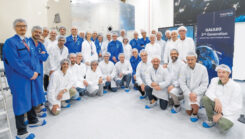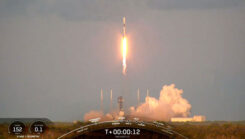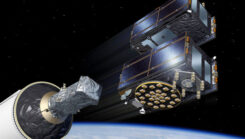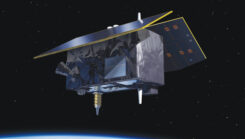
New services and capabilities for Galileo
December 20, 2024
Galileo services continue to expand with many new capabilities that are unique with respect to other GNSS.
Read More

Galileo services continue to expand with many new capabilities that are unique with respect to other GNSS.

SpaceX has launched the latest pair of Galileo satellites from the Kennedy Space Center in Florida. The SpaceX Falcon 9 rocket carried satellites 31 and 32 (FM26 and FM32) to their designated orbits.

Galileo satellites 29 and 30 have reached their target positions at an altitude of 23,222 km and are now fully operational three months after being launched from Cape Canaveral, Florida, by SpaceX.

To further enhance the benefits of combining space-based geodetic techniques, the European Space Agency (ESA) has established the Genesis mission.

The European Space Agency (ESA) has upgraded the ground segment of the Galileo satellite navigation system, without any disruption to its users.

The Grimaldi Satellite Autonomous Berthing (GSAB) project, funded by the European Space Agency (ESA) Navigation Innovation and Support Program (NAVISP) program, has developed a system for automatic, high-precision port berthing operations in large (200m) carrier ships.

The European Space Agency (ESA) has selected Syntony GNSS to supply user demonstration receivers for its low-Earth orbit positioning, navigation and timing (LEO-PNT) project.
Follow Us